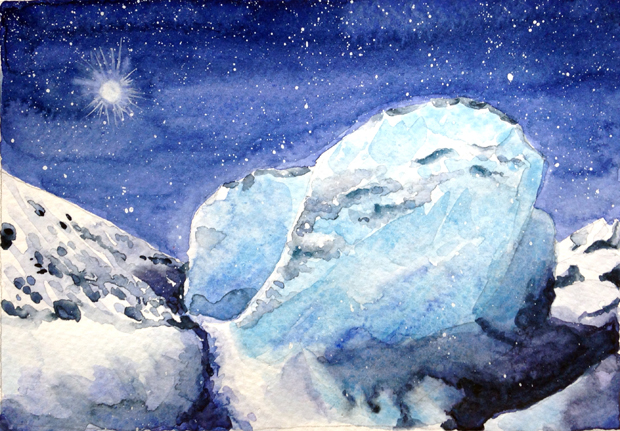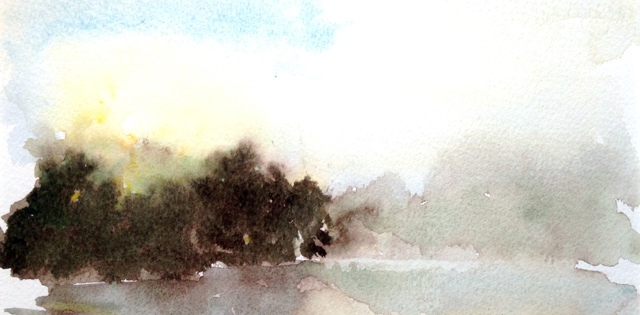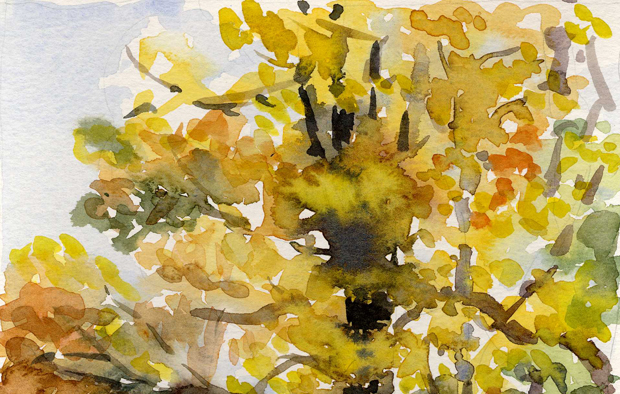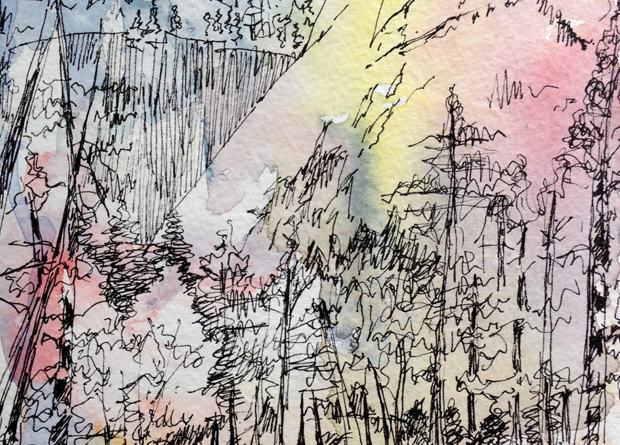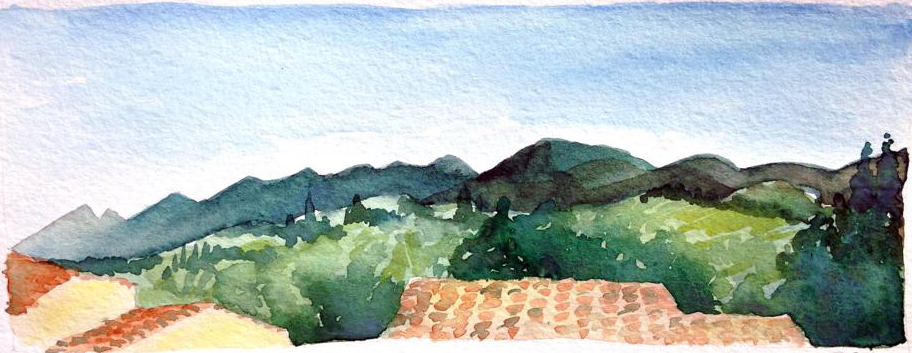This guest post is by Lindsay McLaughlin. You can read a bit about her on the “Denizens” page.
Advent always was an interim time, spanning the threshold between the harvest festivals of autumn and the vulnerable, fierce hope of Christmas. That “betwixt and between” time and place, where things tend to happen, wove itself around us as we gathered for retreat in a time when the forest waited, bare-branched and leaf-carpeted, for that first snowfall, likely still weeks away.
In a season when it is traditional to think about the coming of the light, I was pondering darkness. It seems that this Advent falls at a moment of history when the world is in an up-ended, uncertain, and, yes, frightening between-time, when we struggle to know how to be and what to do and how to behave as things all around us in politics, in governance, in world affairs, and in our psyches, slide toward the dark. Continue reading

